Tragic Kingdom by No Doubt
Buy Tragic Kingdom No Doubt offered an upbeat breath of fresh air to the mid nineties with their dynamic masterpiece, Tragic Kingdom. This third overall studio album by the California-based rock band found tremendous […]
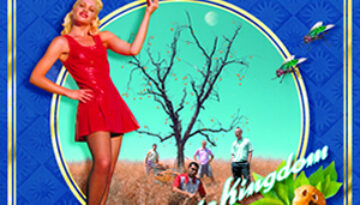
Buy Tragic Kingdom No Doubt offered an upbeat breath of fresh air to the mid nineties with their dynamic masterpiece, Tragic Kingdom. This third overall studio album by the California-based rock band found tremendous […]
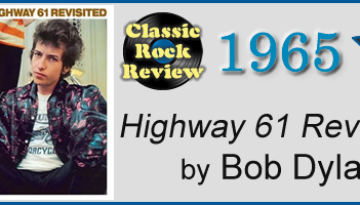
As a final wrap up of our final classic year review, 1965, we still needed to decide on an Album of the Year for that year. This was a unique situation, because all […]
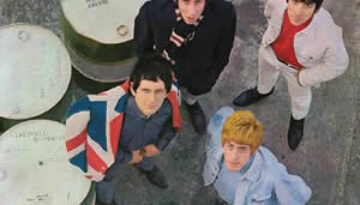
Buy My Generation The Who released an impressive debut album in December 1965 with My Generation. Although the group was initially dissatisfied with the album, it has grown in the past half century […]
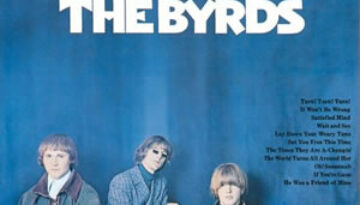
Buy Turn! Turn! Turn! The Byrds finished their breakout year of 1965 with their second highly acclaimed and commercially successful album of that year. Turn! Turn! Turn! built on the group’s distinct, multi-guitar-timbre, […]
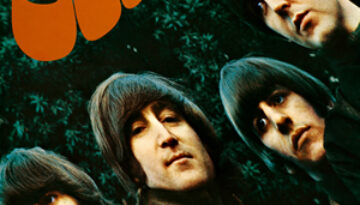
Buy Rubber Soul As the years have gone by, Rubber Soul has distinguished itself more and more from the “typical” early album by The Beatles. While the 14 selections remain pretty much bright […]